Planning an exploration
After the half term holiday, Year 6 are going to Fountains Abbey. We’ve been learning about the human and physical features of this site and comparing them to Machu Picchu in Peru.
This year, the children are taking control of their trip. We spent the afternoon looking at maps of the site and the timings of the day so that the different groups could plan what they were going to do while we’re there.
We decided that giving each other jobs would be a good idea so each child has a role:
- map-reader
- photographer
- time-keeper
- visitor surveyor
- artist
It can be quite difficult to work in such a big group but the children did a good job discussing jobs and making sure each person was happy in the end.


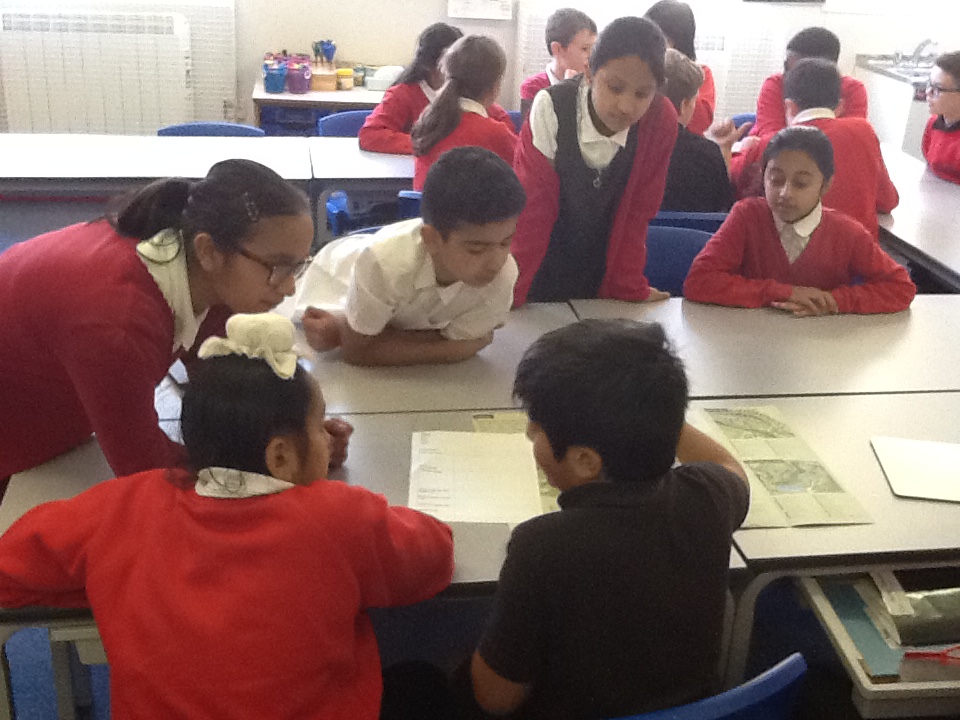

Rainbow pasta salad
A post by Year 2 about their morning.
- ‘Today we have done some cooking and we used the bridge and claw to help us.’ Madison
- ‘We had to use our remembering skills so we knew what to do.’ Amrit M
- ‘We put the pasta in the pan with some water and cooked it on the hob.’ Harman
- ‘We cut the cherry tomatoes in half independently.’ James
- ‘Our class put their aprons on to keep us clean.’ Sukmani
- ‘I tied my apron myself.’ Billy
- ‘I used the claw for cutting the cucumber.’ Christina
- ‘To cut the peppers, we used the scissors to snip.’ Aadil
- ‘The equipment we used included scissors, sharp knives, a pan, measuring scales, chopping board and some mixing bowls.’ Edris
- ‘Our class was responsible when we were cooking.’ Lewis
- ‘All the group had a turn at grating the cheese.’ Betty
- ‘I would add some olives to make it even more colourful.’ Sam
- ‘I would add spinach to make it even healthier.’ Harpreet





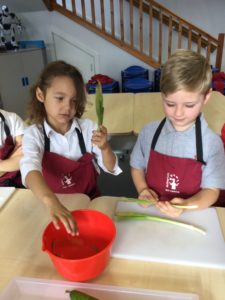

Bonfire themed menu
Catering Agency, our school meal provider, will be running a special themed menu on Friday 03 November. Please contact the office, before Wednesday 18 October, if your child would like a school dinner on this day.
- Posh dogs in finger rolls or Vegetarian meatballs in finger rolls
- Curly fries
- BBQ baked beans
- Rocket lolly
- Fresh fruit and yogurt
School Council Elections
With two representatives from each class, chosen democratically by their peers, all children at Moortown Primary are encouraged to take an active part in pupil voice.
It’s time for children to consider if they would like to stand for election for our new School Council.
Elections will take place on Thursday 19 October with our polling station and ballot boxes at the ready. Candidates will have the opportunity to give their election speech to their class on Wednesday 18 October or Thursday 19 October.
If your child would like to be a school councillor, please help them to prepare a short speech.
What makes a good school councillor has been considered by our current school council.
- ‘use all the 8 Rs for learning’
- ‘be respectful’
- ‘help others’
- ‘be a good speaker and listener (to members of your class and in the meetings)’
- ‘tell the truth’
- ‘be confident with your ideas’
- ‘accept the views of others even if you don’t agree’
- ‘be friendly and approachable’
- ‘make good choices in class and around school’
Hints for your speech include:
- What skills and abilities would a good school councillor have?
- What are you particularly good at that would help you to be a great school councillor?
- What do you think would make the school better?
- What could you do that people would really like?
- Think of things that are realistic, maybe that you could do yourself, rather than having to ask other people to do
Good luck to all children who decide to stand in the elections.
Stranded!
Golden sand glistened in the sunlight, while waves gently danced upon the shore. High in the sky, seabirds drift on a warm, salty breeze.
Sounds perfect – doesn’t it?

All is not as it seems!
Seating beneath a towering, palm tree, Mr Owen wonders how on earth he is ever going to get off this solitary, desert island.
Bright and bold, the piercing fire ball blazes down on his sore, aching back. It blinds him, making him feel weak and weary. As the marooned, skeletal man clambers to his feet, a familiar scent of the salty sea catches his nose, reminding him of home. The endless fish and chip suppers he would enjoy with his treasured family, just a memory away.
Surrounded by water but not a drop to drink, Mr Owen decided to take action. He HAD to escape this unforgiving paradise!
Year 4 to the rescue!
Your task is to build a raft that is stable, secure and can float. You must ensure you choose your natural materials carefully and use your expertise to bind the sections together. Not only that, you will need to ensure that your raft will float. Test it when complete and use five marbles as cargo.
Time is running out! You HAVE to rescue Mr Owen!
After planning a raft, Year 4 selected their materials and set to work.
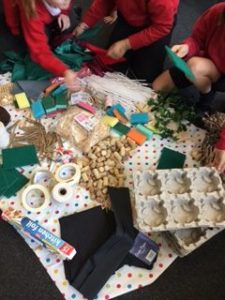
The children were able to secure their models using techniques such as winding, weaving, knotting and sealing.
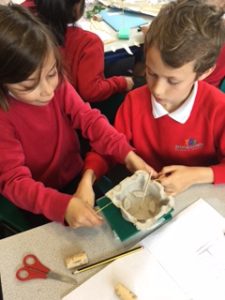
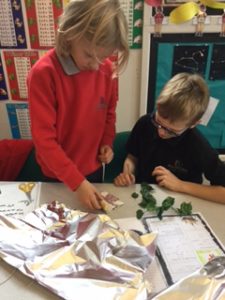

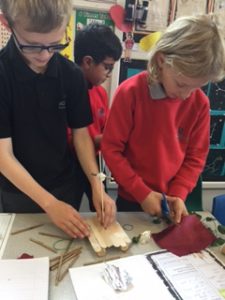
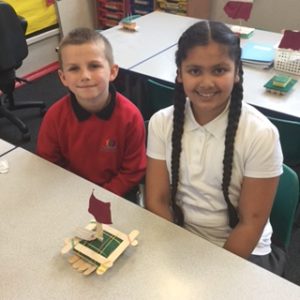
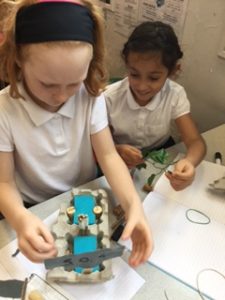
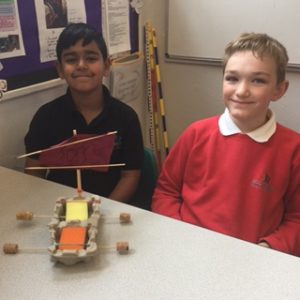
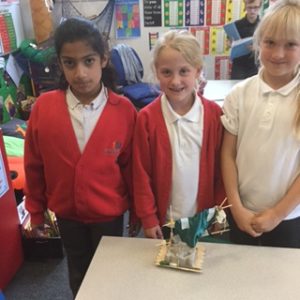
Next, it was time to see whether the rafts would float and be able to take a certain weight. To make this a fair test we all used five marbles. We checked for balance, floating and sinking. It was a very windy day yesterday, which meant that we could also test the sails on the rafts. Mr Owen may encounter a storm or two on his journey home.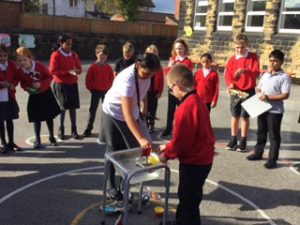

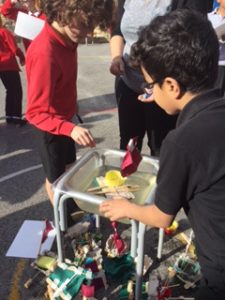
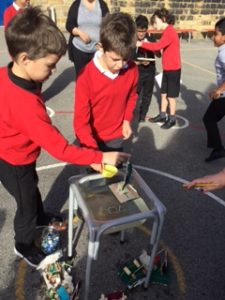
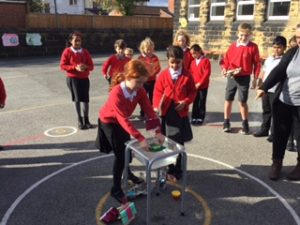

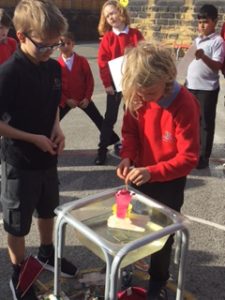

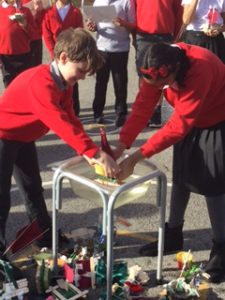
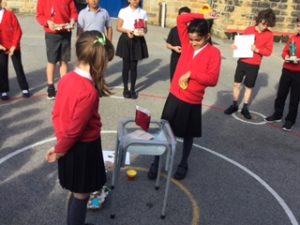
Success!

Mr Owen is homeward bound!
Stay and Play!




From Code Breakers to Saving Mr Owen – Year 3’s Weekly Round-Up
Miss Wilson is reporting for Moortown Magazine.
Moortown Primary School, set in picturesque North Leeds, was where ground-breaking learning took place this week. Experts claim that Moortown Primary is home to some of the most hardworking pupils in the country.
This week, Year 3 has enjoyed: brilliant raft building, a confusing code breaker, phenomenal physical education, resilience in reading sessions, and fantastic fact files.
After being presented with the challenge of designing and creating a raft in order to save Mr Owen, who was stranded on a desert island, the students worked in pairs to meet the design criteria.
Will, a member of the class, said: “It was really exciting and fun.”
Jessica commented: “I liked using our own designs.”
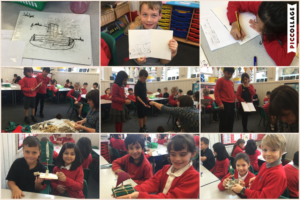
On Monday, the students’ creations will be put to the test to see if they actually float and can save the poor Y4 teacher.
Problem-solving has also appeared in maths this week, where children were faced with a code-breaker situation. Number sentences were given to the young mathematicians, who had to use column addition to work out the answer. Their resulting number translated to a letter which formed a word. This is what the code breakers had to say:
Rayn, who enjoyed the task despite its difficulty, stated: “I found it really tricky to match the number answers to the letter codes.”
“It was hard because it was a race against other teams,” fellow classmate, Emma, said.

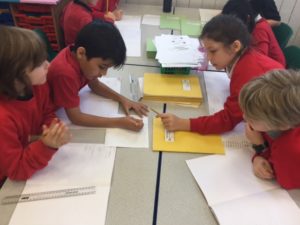
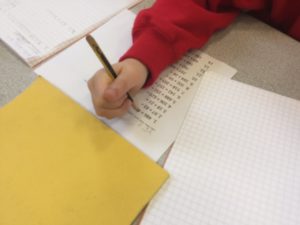
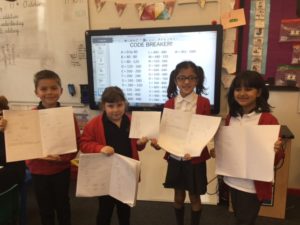
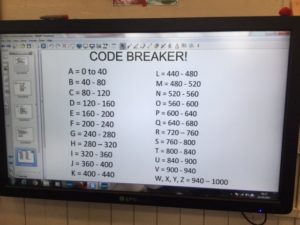
The class will apply this knowledge to their subtraction studies next week.
Year 3 were visited once again by local gymnastic experts. The focus, mirroring previous weeks, was balance and coordination alongside lots of elements of fun.
“I liked it because it was fun sliding on the benches using our bodies!” a visibly excited Yusayrah purported.
Leo claimed: “It was tricky bending down on one leg with the other one sticking out in front of you.”
Check out these epic slow-mo videos captured at the scene:
Stretching tall and jumping high
Balancing on the benches
Bunny hops
During reading this week, Year 3 has sampled a variety of tasks. One of these challenges was ‘Draw and Label’ where students listened to a description from their class novel and had to sketch out how they imagined the scene to look.
Hifza, who is soon to turn 8, said: “I thought this activity was interesting because I’ve never done it before.”
Meanwhile, Musa alleged that it was fun because he enjoyed labelling the drawing.

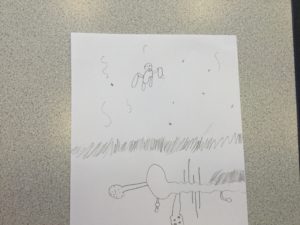

Continuing their geography theme in topic lessons (‘LO: to know about global regions’), Year 3 worked collaboratively to build a country fact file in pairs.
Regarding the task, Jemima remarked: “It was hard because some of the words were really tricky.”
“I enjoyed searching on the iPads,” said Mr Laverick, aged 7.
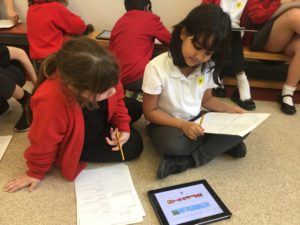
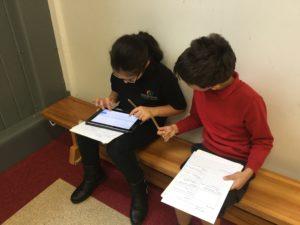
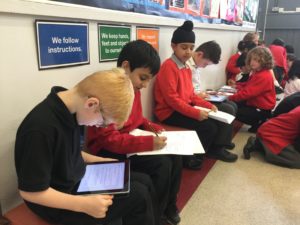

If you haven’t already guessed, this week and next week’s English theme is newspapers! We have discussed the features of news reports and learnt about the punctuation required for quotes and speech. (Ask your child what a colon means! “Hang on…”) This has been tricky for many, as it may be completely new, so when we did succeed with our learning, it tasted even more sweet!
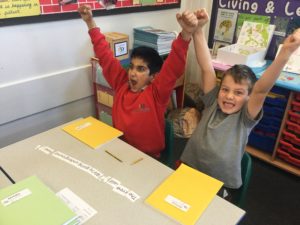
It was great to meet lots of parents at the homework review on Thursday and I hope you enjoyed looking at and hearing about our amazingly creative homework! Here are some highlights:
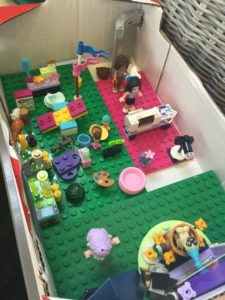
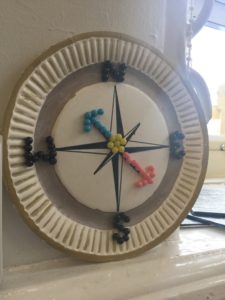
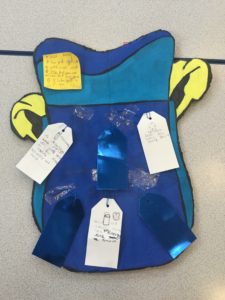

I look forward to seeing you on Monday or Tuesday for parents’ evening.
Moortown vs Mill Field
Today, our U11 football team visited Mill Field Primary School. They played exceptionally well but unfortunately lost 2-1. Archie scored a wonder goal in the top corner to give Moortown hope but they narrowly missed out.
There were some brilliant individual performances and they all showed great teamwork skills throughout the game.
Exploring our local area
We had a great homework review today as the homework completed on exploring the local area was top notch. Archie created a great video of walking to school but with the camera around his dog’s neck; Edward presented a bird’s eye view of some local landmarks to us; Neive created a video of her exploration; and Ollie created a ‘guess where’ game for us to play.
Here are some more for you to see at home.
Photos of going to the shops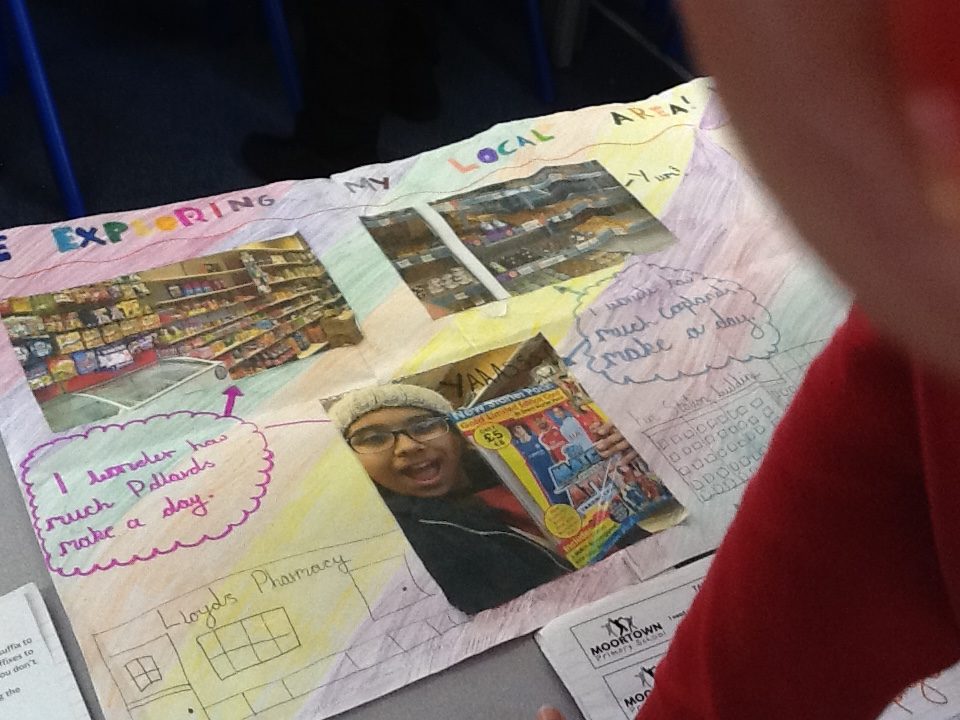
Lift-the-flap map with information about each area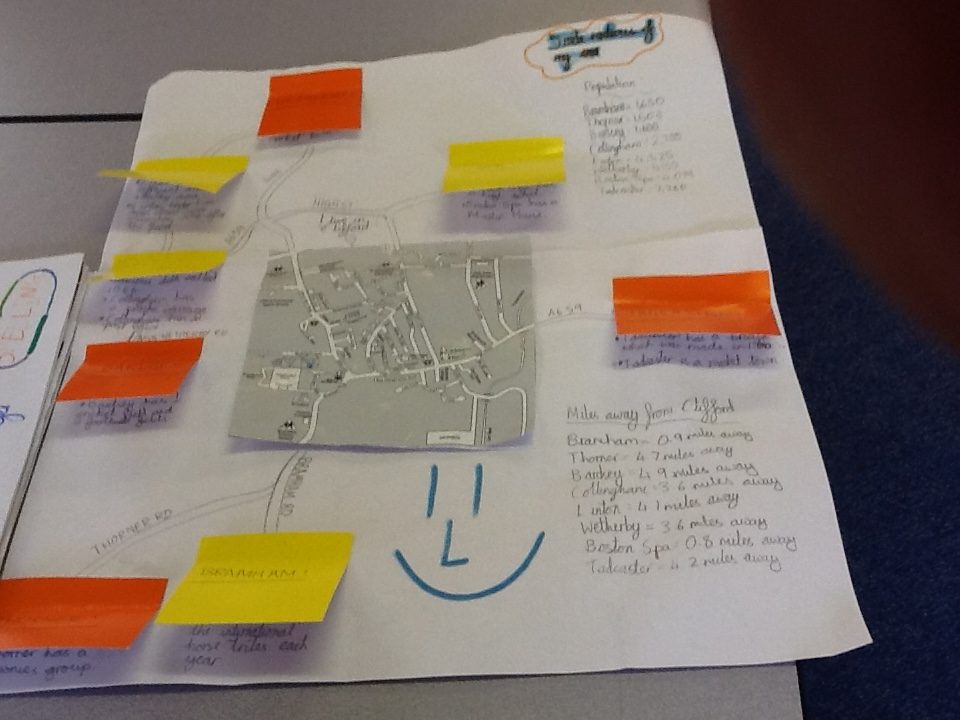
Map with places labelled with pictures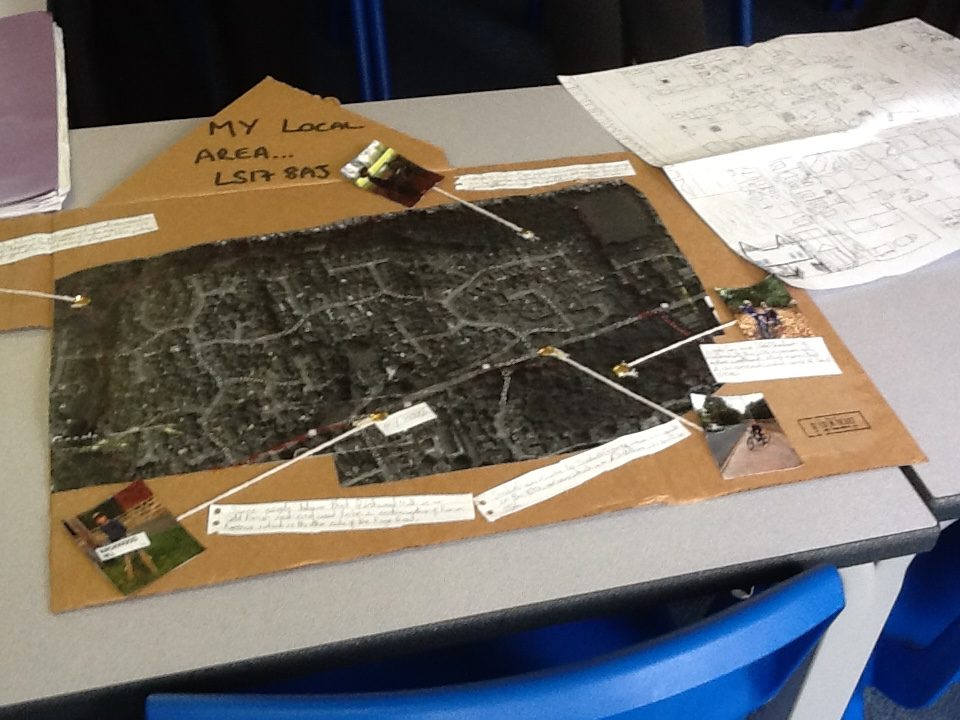
A diary entry of a walk around the area
Some great quality spelling work this week, too, which was great to see, having discussed this as a class last week.
Class assembly
A big thank you to all family and friends who came to see our class assembly today. We hope you agree the children did a great job.
The children said they felt ‘great’,’fantastic’, ‘happy’ and ‘proud’ afterwards and so they should! Well done, Year 2.